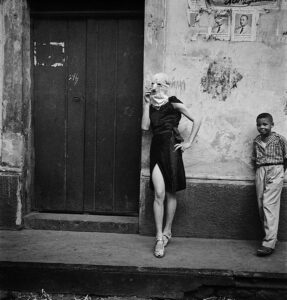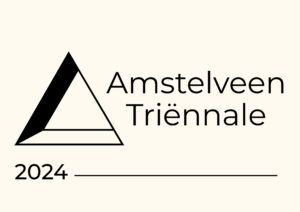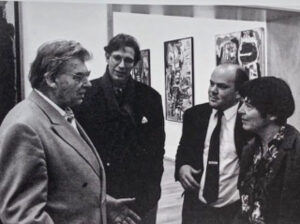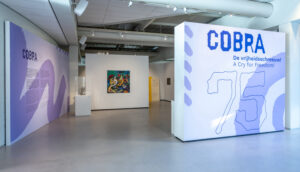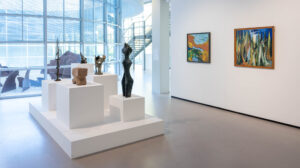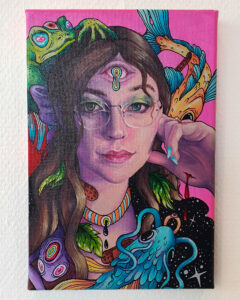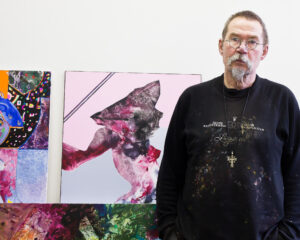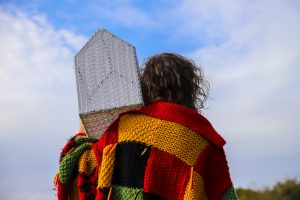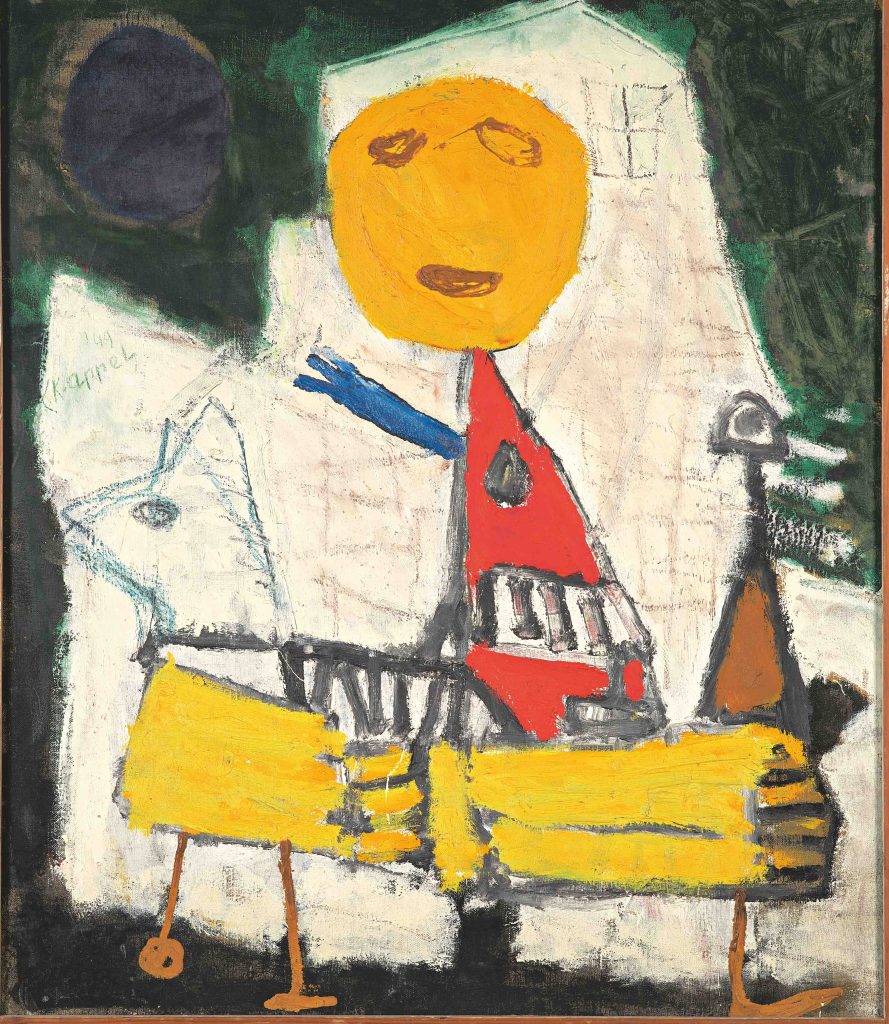From 31 May to 29 September 2024, Museum Cobra will show a selection of works from the extensive oeuvre of photographer Pierre Verger (Paris 1902 – Salvador 1996). Pierre Verger was born in Paris and eventually found his home in the Brazilian city of Salvador. The Pierre Verger – The One That I am Not is a celebration of his photographic legacy, his heart and his ceaseless quest for self-discovery. The exhibition features more than 160 works he made during various trips. This is the first time a solo exhibition has been shown in the Netherlands.
“I started travelling, not so much out of the desire to do ethnographic research or reportage, but out of the need to distance myself, to free myself and escape from the environment in which I had lived until then and whose prejudices and rules of behaviour did not make me happy…. However, the feeling that a vast world existed did not leave my mind and the desire to see and photograph it took me to other horizons.”
About Pierre Fatumbi Verger
Pierre Fatumbi Verger (Paris, 1902 – Salvador, 1996) was a French photographer, anthropologist, botanist and writer who lived most of his life in the city of Salvador, Brazil. In 1932, after the death of his mother, he learned photography and made the decision to live a traveling and non-conformist life. In the fourteen years that follow, he photographs in many places around the world. In 1946 he settles in Brazil but continues to travel, especially to Benin, where in 1953 he is ritually initiated into the Yoruba religion and symbolically reborn as Fatumbi. Through his work and books, he makes an important contribution to general knowledge about the African diaspora. From a traditional anthropological point of view, he does not maintain sufficient distance from the people he studies, an absolute condition for the field, and becomes “indigenous.” That is, he resides among the people he studies and becomes, as it were, one of them. All he wants is to live with the people with whom he feels comfortable, not to study them, but simply to observe them, listen to them and participate in their lives.
